What is live streaming?
Live streaming refers to online streaming media simultaneously recorded and broadcast in real time to the viewer.
The Internet
The backbone to every live stream is the internet and it has to be a dedicated internet connection – That is an Ethernet connection that is not being used by any other people, systems or devices. Meaning you’re the only one using that precious data. This is the best way the get your stream to the masses. The only thing you’ll have a worry about is if there is a firewall that would prevent your signal from getting out. One quick word about obtaining fast Internet speeds. When you looking at the speed of your Internet for live streaming, your only concern should be upload speed. Since your send data out to the web your download speed does not matter. There are also some hard and fast rules about bandwidth or the amount of data you are sending. Make sure you are not using more than half of your upload speed. Think of it this way, you can’t pass a bowling ball through a garden hose but a BB pellet would have all kind of room.
Talk to the IT folks to make sure it is an open connection.
Equipment
The equipment you use to broadcast can make or break your live streaming. Let’s take a look at a few of the pieces of equipment necessary and make some recommendations.
Cameras
An obvious requirement for live streaming is one or more video cameras. These can be as simple as the built-in camera on a laptop, or they can be high-end professional cameras.
In general, any camera that can output HD (high definition) video should be sufficient for live streaming. Ideally, you want your camera to be exporting video in at least 720p HD quality (1080p HD is preferable). However, there are a number of other factors to consider.
Streaming religious services can sometimes be difficult because the lighting levels can be low. Cheaper cameras sometimes have difficulty producing good quality video in low light conditions. Video outputs can be grainy in these situations.
To ensure good video quality, there are two options. The first is to improve your lighting. With good lighting, even a cheap camera can produce passable video. The second is to use a camera or lens with a large sensor and wide aperture.
Pan-tilt-zoom
Another issue is zoom. Typically, you aren’t going to want your cameras placed between the live audience and the stage. Rather, you’re going to want them in the back or on the sides of the room. That means using zoom or telephoto lenses to capture the action. One great option is the cameras from PTZOptics. These folks build cameras that are made for permanent installation in facilities like churches, temples, synagogues, and mosques. They support remote control panning, zooming, and tilting via integrated motors. This makes it easy for one tech working in a booth to control an entire broadcast.
Audio equipment
Sound quality is another essential element in perceived video quality. In fact, as we’ve written before, audio matters most for audiences. In a house of worship, sound is especially important. The human voice raised in sermon, chant, prayer, or song is central.
Therefore, sound quality is a huge priority. There are a few ways to approach sound quality.
On the simple side, a single microphone on a stand at the front of the room can work okay. This will need to be split so the signal runs to your speakers in the room as well as to your live streaming equipment.
However, you’ll have a better result with multiple audio sources. These could include lapel mics, shotgun mics, and omnidirectional mics. Depending on the type of sound you wish to capture, you’ll need to create a custom solution. You’ll also need a soundboard to mix these different sources. We recommend consulting an audio engineer if you’re setting up a more complex audio capture system.
Mixing and studio
Another piece of the quality puzzle is sound mixing and engineering. Generally, if your streaming setup is quite simple—one mic and one camera, for example—then you may not need to mix in an on-site studio.
However, as soon as you have multiple sources, mixing becomes important. Switching between sources smoothly and at the right moment is essential. This is all possible using hardware mixing boards, or software.
For a permanent live streaming installation, like many churches and houses of worship will want, creating an on-site studio is a good idea. This can be an open-air booth or a separate room. It should allow one or more engineers/tech gurus to control cameras, mix audio and video sources, start and stop live streams, and monitor the system.
Encoding and settings
Video compression, or encoding, is a complicated subject. In brief, digital video files are large. They must be reduced in size to send over the internet. This is called compression. The most common compression standard (or codec) today is H.264. However, new methods like H.265 are becoming more common. Whichever codec you use, you will need to choose the correct settings for video resolution, frame rate, bit rate, and audio compression settings. The settings you choose here depend on what you’re broadcasting, your internet upload speed, internet bandwidth and other factors.
Streaming service provider
The final element in achieving high-quality live streams isn’t a piece of equipment, but rather a service. Specifically, a streaming service provider. This is the business that will ingest the video you broadcast and redistribute it to all your customers. A streaming service provider works via a network of servers often called a Content Delivery Network (CDN). A CDN includes servers physically located in various locations around the world.
Therefore, if 1,000, or 100,000, or even a million people try to access your video simultaneously, they will receive it from the closest server. This spreads the load around, meaning that each individual visitor gets a faster connection. That means higher-quality video for everyone watching your content.
Creating an A/V plan
Besides the internet and equipment, there are a number of other important factors affecting the quality of your live streaming events, including:
- The number of viewers you expect
- The websites that users will use to access the content
- The internet speeds that you expect your users to have
- Your own internet upload speeds
- The type of content you are filming
- The number of cameras and microphones you will need to capture that content
Bringing Your Event Live Stream Together
Once we have all of these points worked out, we can begin to create your system and workflow. Remember, that you can start with a simple system that can be added to for future growth.
Igigo Communications uses our knowledge and passion for live streaming to achieve great results for our clients with our live streaming event services. We provide consultation, planning, purchasing, installation and training for your organization to get you up and running.
If you have any questions, please contact us today!


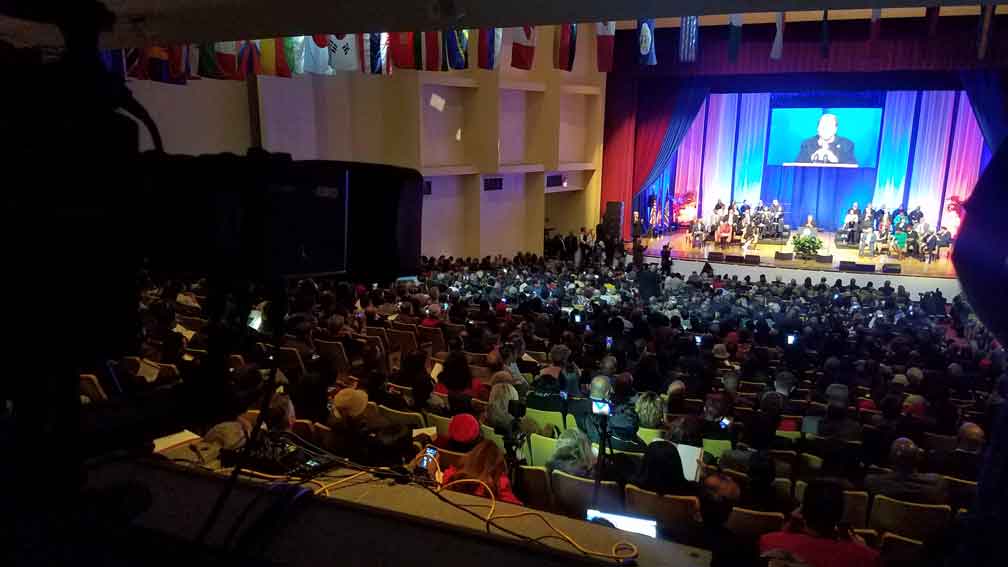
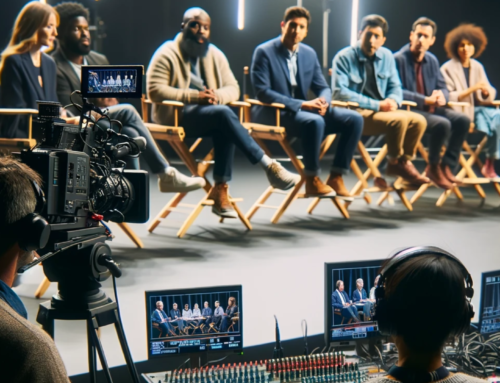
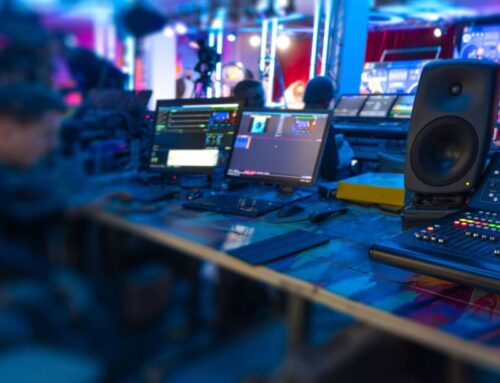

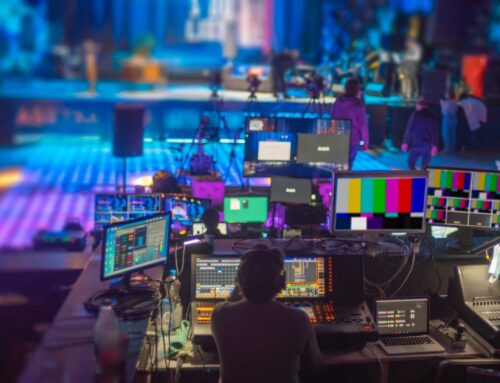
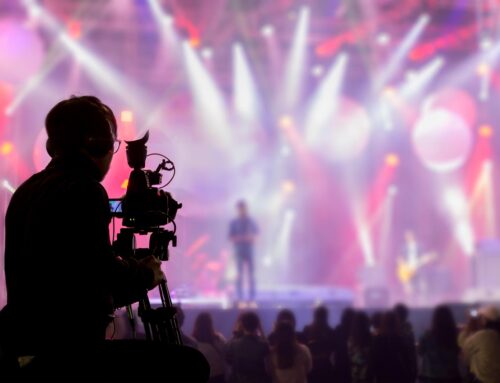
Leave A Comment